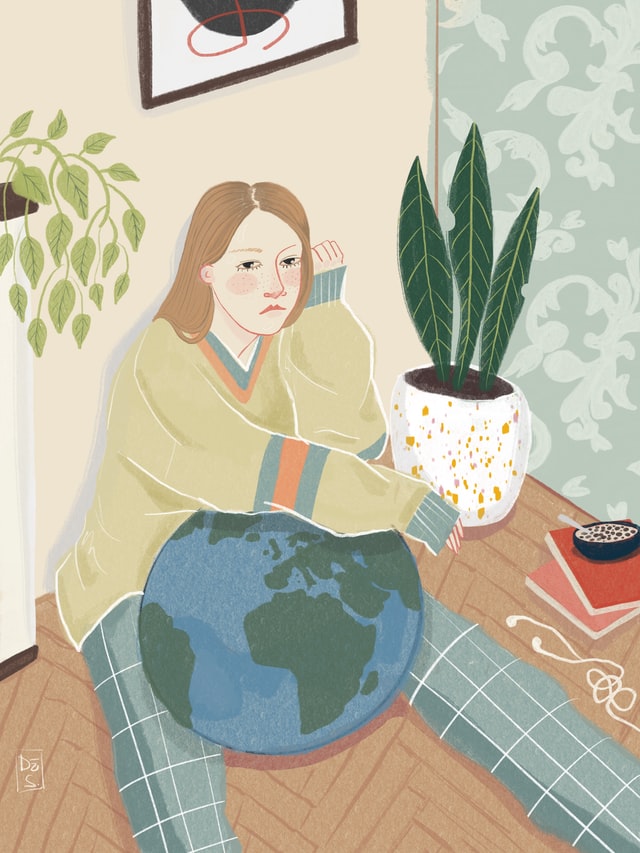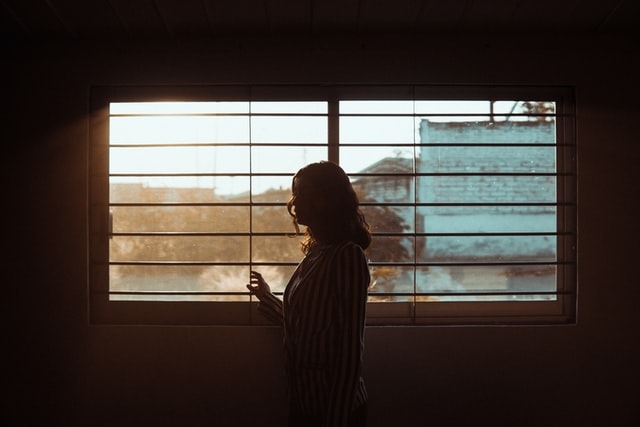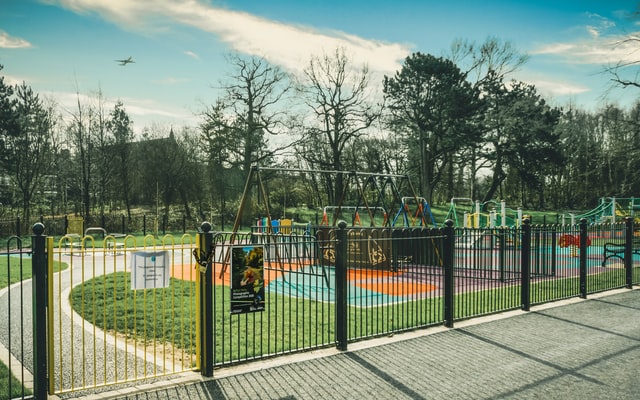To be able to move forward, it is vital to step back, reflect, and see where we can go (or design) from there.
If there’s one thing that the pandemic has taught us, it’s the fact that many of the systems and conventions that we have been used to and never bothered to improve, are mediocre at best. This notion applies to everything, most importantly in design.
All of a sudden, the spaces outside of our homes that used to give us comfort cannot be accessed. On the contrary, our very own nests now appear dull, or worse, oppressive, as if we cannot afford to stay inside another day. We are pulled in different directions, not knowing where to go or how to break out of it.
READ MORE: The new normal is beyond this pandemic, two architects and a public policy consultant say
We need to identify and address these problems. Moving forward, designers and other stakeholders should design with these in mind. While it is important to follow the safety protocols, it should never be at the cost of our well-being. How do we design a space that would still allow for people to interact without having to fear for their health? For structures that are already in place, how do we regulate the flow of people in a safe yet non-alienating way?

The importance of good design is called upon, now more than ever. Though the vaccine is slowly rolling out, we’ll never really know until all of this is over—whatever that means. Design is about people; design is about experience. But how do we even begin to design now in the face of an abominable threat?




